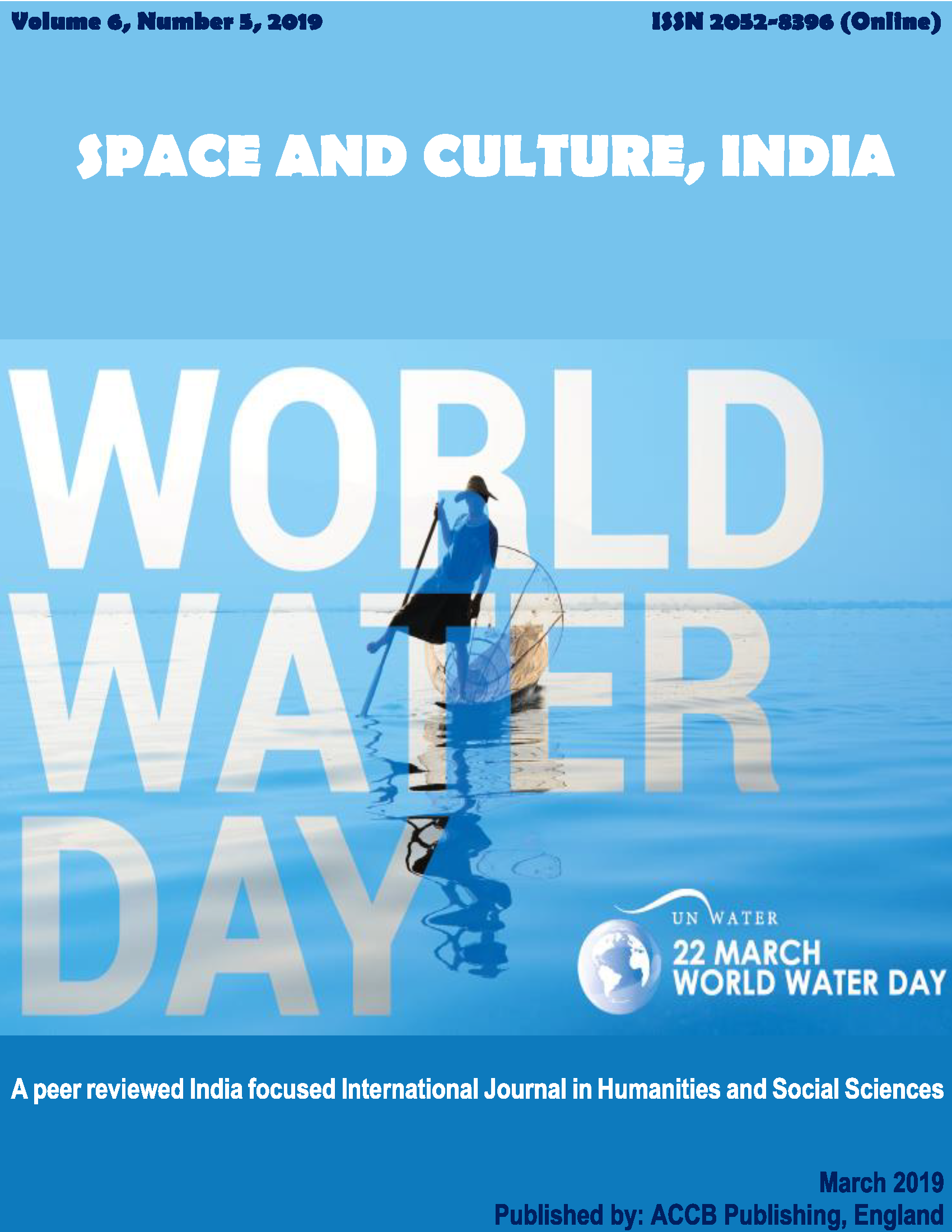Role and Importance of the Damu Enterprise Development Fund and International Investment Funds in Implementing Project and Leasing Financing Programs in Kazakhstan

Abstract
This article considers the loan indicators in the Republic of Kazakhstan and defines promising areas for the development of project and leasing financing of alternative investment instruments in infrastructure projects. The results of the research demonstrate that on the financial market of the Republic of Kazakhstan the volume of bank credit falls and the availability of capital decreases, which stipulates the attraction of alternative sources of financing for infrastructure projects. Prospective mechanisms of investing in projects of this kind include projects and leasing financing. It is noted that currently, the Republic of Kazakhstan is successfully cooperating with international financial companies and multilateral development banks to attract financial resources to implement investment projects. In spite of the existing leasing development potential, this mechanism for financing infrastructure projects is not entirely used. Stimulation of demand for leasing programs by corporate clients, the development of subsidy programs or guarantees to suppliers to purchase equipment, the reduction of the cost of funding, the development and implementation of project financing programs on the basis of syndication of loans are singled out as promising directions for the further development of project and leasing financing mechanisms.
Keywords
project financing, financial instruments, multilateral development banks, international companies, leasing, infrastructure projects, investments, syndication of loans.
References
Asian Development Bank. (2017). Sodeystviye diversifikatsii ekonomiki, inklyuzivnomu razvitiyu i ustoychivomu rostu. Kazakhstan, 2017–2021 gg. [Contributing economic diversification, inclusive development and sustainable growth. Kazakhstan, 2017-2021]. Retrieved November 14, 2018 from https://www.adb.org/documents/kazakhstan-country-partnership-strategy-2017-2021.
Blanc-Brude, F., and Strange, R. (2007). How banks price loans to public-private partnerships: evidence from the european markets. J Appl Corp Financ, 19, 94–106.
Brealey, R. A., Cooper, I. A., and Habib, M. A. (1996). Using project finance to fund infrastructure investments. J Appl Corp Financ, 9, 25–39.
Dailami, M., and Leipziger, D. (1997). Infrastructure project finance and capital flows: a new perspective. In World bank policy research working paper (Vol. 1861). Washington, USA: World Bank.
EBRR – Partnor Pravitelstva Kazakhstana v sektore munitsipalnoy infrastruktury [The EBRD is a partner of the Government of Kazakhstan in the municipal infrastructure sector]. (2018). Retrieved November 14, 2018 from http://www.urbaneconomics.ru/sites/default/files/1_31-01-18_presentation_miroshnik_ebrd.pdf.
Esty, B. C. (1999). Petrozuata: a case study of effective use of project finance. J Appl Corp Financ, 12, 26–42.
Esty, B. C. (2004). Why study large projects? An introduction to research on project finance. Eur Financ Manag, 10, 213–224.
Flyvbjerg, B., Garbuio, M., and Lovallo, D. (n. d.) Delusion and deception in large infrastructure projects: two models for explaining and preventing executive disaster. Calif Manag Rev, 51, 170–193.
Groobey, C., Pierce, J., Faber, M. and Broome, G. (2010). Project Finance Primer for Renewable Energy and Clean Tech Projects. Wilson Sonsini Goodrich & Rosati. Retrieved November 14, 2018 from https://pdf4.pro/pdf/project-finance-primer-for-renewable-energy-and-421539.pdf.
Hainz, C., and Kleimeier, S. (2006). Project finance as a risk-management tool in international syndicated lending: Discussion paper on governance and the efficiency of economic systems. Munich, Germany: Center for Economic Studies and Ifo Institute for Economic Research.
Kardes, I., Ozturk, A., Cavusgil, S. T. and Cavusgil, E. (2013). Managing global megaprojects: complexity and risk management. Int Bus Rev, 22, 905–917.
LLP “EXIMARâ€. (n.d.). Perspektivy lizinga v Kazakhstane [Leasing prospects in Kazakhstan]. Retrieved November 14, 2018 from http://www.eximar.kz/index.php/2-uncategorised/218-perspektivy-lizinga-v-kazakhstane.
Sawant, R. J. (2010). The economics of large-scale infrastructure FDI: the case of project finance. J Int Bus Stud, 41, 1036–1055.
The World Bank. (n. d. a). Domestic credit provided by financial sector (% of GDP). Retrieved November 21, 2018 from https://data.worldbank.org/indicator/FS.AST.DOMS.GD.ZS.
The World Bank. (n. d. b). Foreign direct investment, net inflows (BoP, current US$). Retrieved November 21, 2018 from https://data.worldbank.org/indicator/BX.KLT.DINV.CD.WD?end=2017&start=2016&year_high_desc=false.